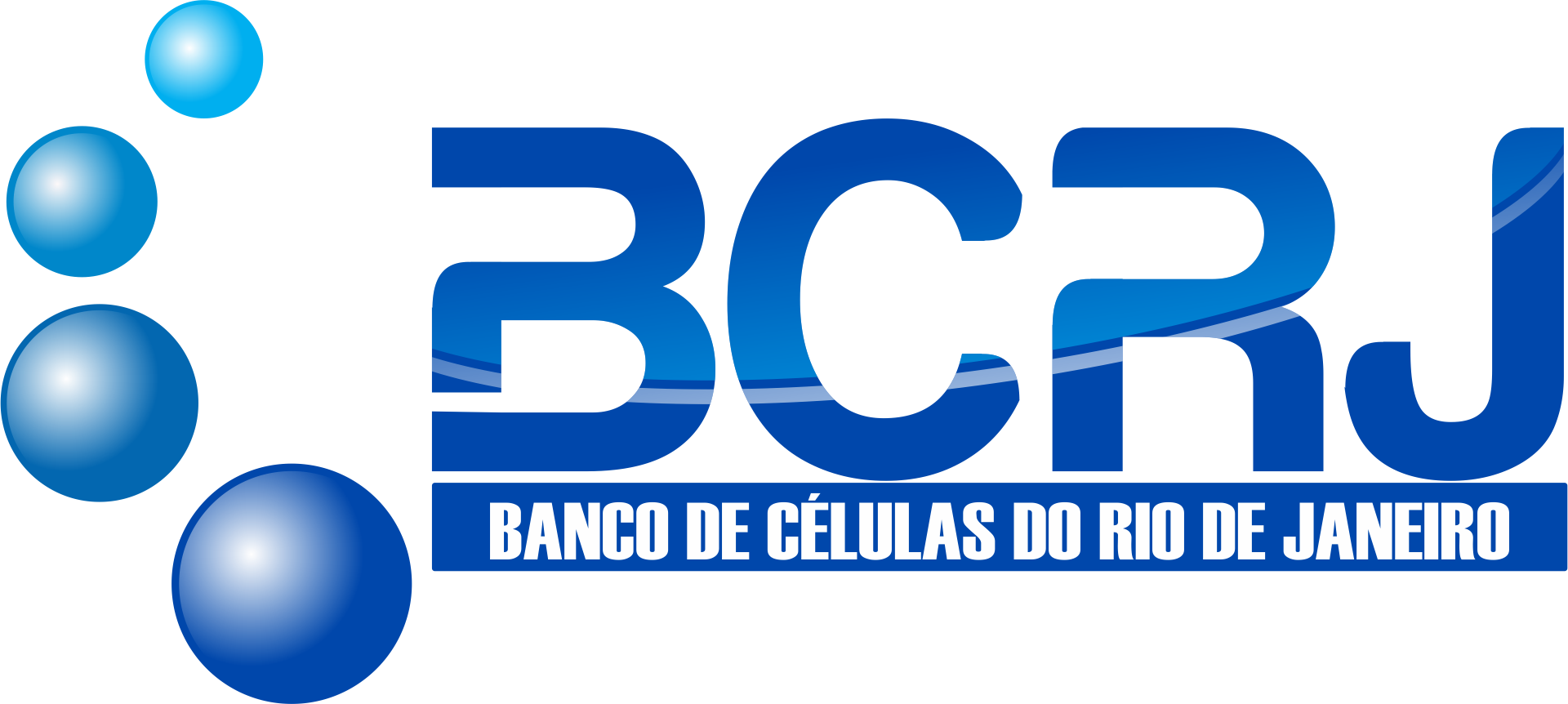| BCRJ Code | 0151 |
| Cell Line | M059J |
| Species | Homo sapiens |
| Vulgar Name | Human |
| Tissue | Brain |
| Cell Type | Glial Cell |
| Morphology | Fibroblast |
| Disease | Malignant Glioblastoma; Glioma |
| Growth Properties | Adherent |
| Sex | Male |
| Age/Ethinicity | 33 Year / |
| Derivation | M059J cells were isolated from a tumor specimen taken from a 33 year old male with untreated malignant glioblastoma |
| Biosafety | 1 |
| Culture Medium | 1:1 mixture of Dulbecco's Modified Eagle's Medium and Ham's F12 medium with 2 mM L-glutamine, 0.5 mM sodium pyruvate, 0.05 mM non-essential amino acids and 10% of fetal bovine serum. |
| Subculturing | Volumes used in this protocol are for 75 cm2 flasks; proportionally reduce or increase amount of dissociation medium for culture vessels of other sizes. Remove and discard culture medium. Briefly rinse the cell layer with PBS without calcium and magnesium to remove all traces of serum which contains trypsin inhibitor. Add 2.0 to 3.0 mL of Trypsin-EDTA solution to flask and observe cells under an inverted microscope until cell layer is dispersed (usually within 5 to 15 minutes). Note: To avoid clumping do not agitate the cells by hitting or shaking the flask while waiting for the cells to detach. Cells that are difficult to detach may be placed at 37°C to facilitate dispersal. Add 6.0 to 8.0 mL of complete growth medium and aspirate cells by gently pipetting. Add appropriate aliquots of the cell suspension to new culture vessels. Incubate cultures at 37°C. NOTE: For more information on enzymatic dissociation and subculturing of cell lines consult Chapter 12 in Culture of Animal Cells, a manual of Basic Technique by R. Ian Freshney, 6th edition, published by Alan R. Liss, N.Y., 2010. |
| Subculturing Medium Renewal | Every 2 to 3 days |
| Subculturing Subcultivation Ratio | 1:6 to 1:8 |
| Culture Conditions | Atmosphere: air, 95%; carbon dioxide (CO2), 5% Temperature: 37°C |
| Cryopreservation | 95% FBS + 5% DMSO (Dimethyl sulfoxide) |
| Thawing Frozen Cells | SAFETY PRECAUTION:
It is strongly recommended to always wear protective gloves, clothing, and a full-face mask when handling frozen vials. Some vials may leak when submerged in liquid nitrogen, allowing nitrogen to slowly enter the vial. Upon thawing, the conversion of liquid nitrogen back to its gas phase may cause the vial to explode or eject its cap with significant force, creating flying debris.
NOTE: It is important to avoid excessive alkalinity of the medium during cell recovery. To minimize this risk, it is recommended to place the culture vessel containing the growth medium in the incubator for at least 15 minutes before adding the vial contents. This allows the medium to stabilize at its normal pH (7.0 to 7.6). |
| References | 33940: Allalunis-Turner MJ , et al. Isolation of two lines from a human malignant glioma specimen differing in sensitivity to radiation and chemotherapeutic drugs. Radiat. Res. 134: 349-354, 1993. PubMed: 8316628 33942: Lees-Miller SP , et al. Absence of |
| Depositors | Fernanda Bueno Morrone Pontífica Universidade Católica do Rio Grande do Sul. |
| Cellosaurus | CVCL_0400 |



